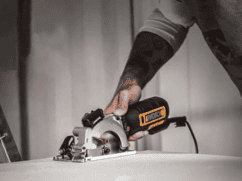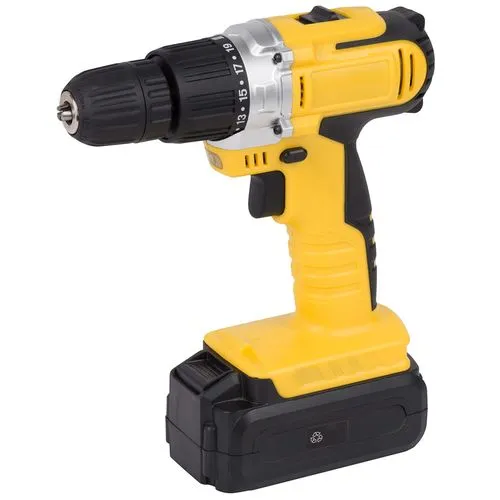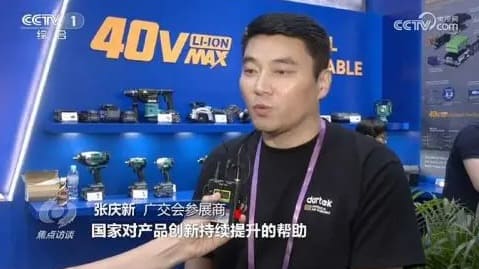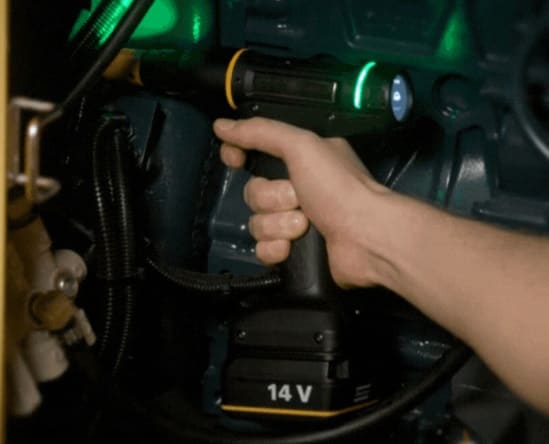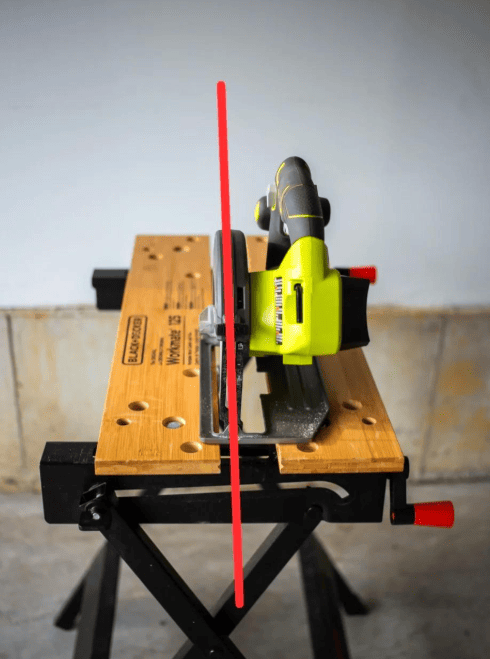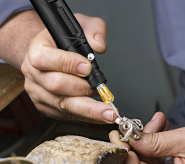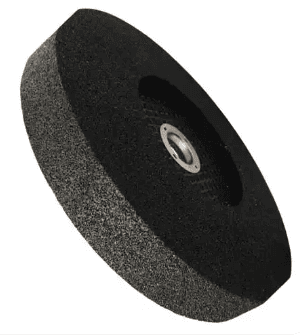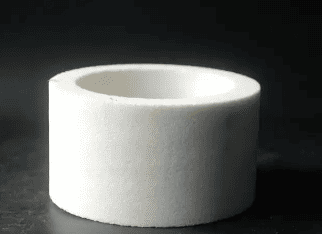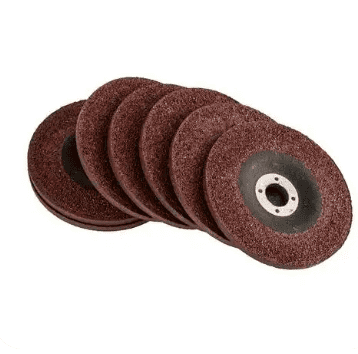What is wireless charging technology
Wireless charging technology is a technology that uses magnets to charge devices without the help of wires. Wireless charging technology, derived from wireless power transmission technology, uses magnetic resonance to transmit charge in the air between the charger and the device, and the coil and capacitor form resonance between the charger and the device to achieve efficient transmission of electric energy technology.
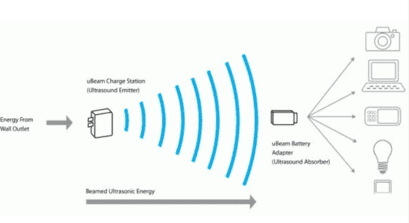
Wireless charging technology adopts a unified industry standard, and in the next few years, mobile phones, PMP/MP3 players, digital devices, mobile devices and other products can use the same wireless chargers with new low energy consumption and high compatibility. The charger is similar to a tray directly plugged into the power supply, and the different brands of mobile phones certified by the alliance with the “Qi” logo of various companies can be charged directly on it.
Remote wireless charging
Convenient since needless to say, in addition, wireless charging is also safer, there is no exposed connector, leakage, electricity and other safety hazards are completely avoided. Some people worry about the problem of radiation, this technology was first used in water purifiers, so far has been eight years, the safety has been verified by 36 countries, certainly will not cause harm to the human body and the environment. According to reports, wireless charging is roughly the transmission of energy through a magnetic field, and humans and the vast majority of objects around humans are non-magnetic. Wireless charging is also an advantage of power saving, wireless charging equipment performance reception of about 70%, and wired charging equipment is equal, but it has a full automatic shutdown function, to avoid unnecessary energy consumption. And this performance reception rate is constantly improving, and will soon reach 98%.

Wireless charging equipment than ordinary charger “smart” a lot, for different electronic products, the power interface can automatically correspond, need to charge, transmitter and receiver chip will automatically start to work at the same time, fully charged, the two sides will automatically shut down. It can also automatically identify different devices and energy needs, and do “personalized work”, which is intelligent.
Now, for the safety of consumers and their convenience, relevant researchers first provide near-magnetic field wireless charging technology (that is, need to be placed next to the transmitter), at the same time, they are also studying long-distance wireless charging, which will be an emerging market. In fact, the current technology can achieve effective power transmission in the range of 3 to 4 feet, but this needs to be verified by the relevant organization. I believe that in the next 5 to 10 years, or even sooner, long-distance wireless charging will enter everyone’s life.
In the future, not only small power appliances, but also common household appliances, medical equipment, power tools, office appliances, kitchen appliances, etc., can realize wireless charging. In fact, to be accurate, it should be called “wireless power supply”, that is, the use of electricity while transmitting, does not require any battery-like power storage devices, let alone the need to charge in advance.
Wireless charging
The Nokia Lumia 920 has built-in wireless charging, allowing users to simply place the phone on the wireless charger tray and start charging the phone. There are also a variety of wireless chargers to choose from, including the beautifully designed Nokia Wireless charger and wireless charging pillow. At the same time, users can also choose new accessories for the phone, such as speakers or headphones, JBL introduced the JBL PowerUp wireless charging speaker accessory, with high-quality audio playback and retro styling, so accessories to add to the phone.
Distant view
Apply to all imaginable and unimaginable fields.
First of all, low power and low energy consumption of electronic communication products, office products, such as: mobile phones, PDAs and so on.
The second is the use of furniture products and low-energy appliances.
Secondly, the means of transportation, such as electric vehicles, EMU and so on.
Second, space stations, satellites, warships and aircraft carriers will be able to achieve a new generation of international military fields that are completely environmentally friendly by collecting and wirelessly transmitting energy from the ionosphere of clouds to where it is needed. It is understood that wireless charging technology is achieved by two new devices, the first is the charger, which is connected with electricity, and then there will be a “tray” and the charger for transfer, as long as the phone and the “tray” distance within the specified range, then the phone will automatically wireless charging. However, it should be noted that because the transmission is not some simple data, but power, so wireless charging in the current distance requirements are relatively strict, mobile phones and “trays” can only achieve a close distance charging within 1 cm, but with the progress of technology, this distance may be extended. Although the power is not directly in contact with the mobile phone product, the electricity charged by the wireless way for the mobile phone is still the same as the ordinary charging method in the use effect, and the endurance will not be lost.
The difference between wireless charging technology and traditional chargers
Although wireless charging still requires a charger for wireless transmission of power, it seems more troublesome, but the traditional charger can only charge a mobile phone, and even the charger of each mobile phone is different, and the wireless charging standard can charge all phones that support Qi, and it can support multiple products charging together at the same time. This charging can be achieved by simply placing the phone on a table. In addition, after the wireless technology standard is mature, all public places will be equipped with this device, so whether it is at home, in the office, on the street or even on the train, users can carry out wireless charging, which is very convenient.
Recent progress
From the perspective of technological development, wireless charging technology is based on the development of RFID close-range magnetic field coupling technology, and mobile phones can even install charging coils and rectification chips without software changes. There are several types of installation methods:
One: an induction coil + chip, constituting an independent component. These components are as small as a coin and as large as 38x40mm. A coil is wound with copper wire.
Second: the mobile phone lithium battery peripheral frame is equipped with coils, known as wireless charging lithium batteries. The advantage of this kind of battery is easy to install, but the defect is also obvious, because the mobile phone battery is a metal part, which will block the electromagnetic wave of charging, making the charging efficiency low.
Third: The use of LDS(three-dimensional circuit) technology, laser antenna on the plastic shell of the mobile phone.
Fourth: The use of FPC(flexible circuit board) to manufacture antenna components, the disadvantage is expensive. The advantages are flexible, thin and easy to install.
The above types of ways, the most promising is LDS technology, the domestic launch of a series of micro aviation laser plastics, magnetic laser plastics, automatic large format high-speed laser machine, making the manufacturing process to be popular.
2013 will be the year when wireless charging technology begins to spread.
Cordless Power Tools:

Cordless power tools refers to power tools that do not need to be connected to a power source through a wire, they usually use a rechargeable battery as a power source. The advantages of cordless power tools include flexible use, independent of the location of power outlets, and especially suitable for use outdoors or in places where access to power is difficult 1.
Types of cordless power tools
There are many kinds of wireless power tools, common ones include:
cordless electric drill : used for drilling and tightening screws, widely used in home maintenance and woodworking.
cordless chainsaw : used for cutting wood and other materials, suitable for construction and gardening work.
wireless sander : Used to sand and polish surfaces, often used in woodworking and metal working.
wireless Angle grinder : for cutting, grinding and polishing, suitable for a variety of material processing.
wireless hammer drill : combining the functions of electric drill and hammer, suitable for hard materials such as concrete and masonry.
The technological advancement of wireless power tools
With the development of science and technology, the technology of wireless power tools is also improving. For example:
brushless motor : reduces friction and wear, improves tool efficiency and durability, while reducing noise and energy consumption 1.
lithium battery technology : the progress of lithium battery makes the battery life of wireless power tools greatly enhanced, to meet the needs of long working 1.
intelligent control : some high-end wireless power tools are equipped with intelligent control systems, which can achieve more accurate operation and higher work efficiency 1.
Application scenario of wireless power tools
Cordless power tools are used in a wide range of scenarios, including:
home repair : such as installing furniture, repairing doors and Windows.
construction site : used for drilling, cutting, grinding and other work.
gardening : such as pruning branches, cutting lawns, etc.
Woodworking and metalworking : used for making furniture, repairing tools, etc.
In short, wireless power tools, with their flexibility and efficiency, are playing an increasingly important role in modern life.
Wireless EV Charger:
Wireless car charging station is a facility that provides electric energy charging service for electric vehicles through wireless means. It mainly consists of a charging transmitter and a vehicle receiver, and achieves energy transfer through a magnetic field coupling between the two 1.
Working principle
Wireless automobile charging pile adopts electromagnetic induction technology to realize non-contact power transmission through electromagnetic induction, magnetic resonance or radio frequency. This technology avoids the cable connection of traditional charging piles, and the vehicle can be charged only by parking in a fixed position, without manual supervision 23.
Application scenario
The wireless car charging pile is suitable for all kinds of parking lots, residential areas, commercial areas and other places that need to provide charging services for electric vehicles. It not only improves the charging efficiency, but also provides a convenient charging experience and reduces safety hazards 2.
advantage
efficient charging : wireless charging pile using advanced electromagnetic induction technology, experimental data show that the charging speed can be increased by more than 30%, saving the owner’s time and energy 2.
safe and convenient : with multiple safety protection mechanism, such as over temperature protection, over current protection, etc., to ensure the safety of the charging process. At the same time, no manual duty, that is, plug and charge, greatly convenient users 23.
space-saving : eliminates cables and sockets, reduces space occupancy, and makes charging facilities cleaner 2.
To sum up, wireless car charging piles are gradually becoming the mainstream choice for electric vehicle charging with their efficient, safe and convenient characteristics.

